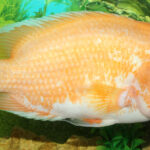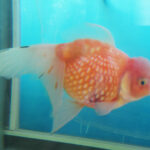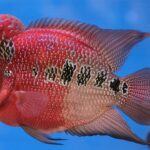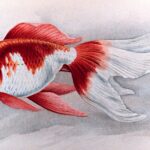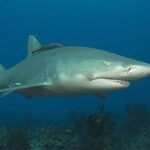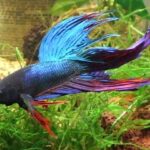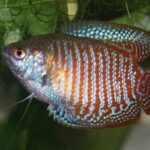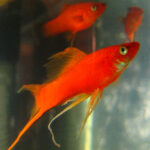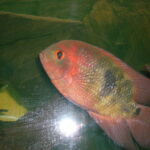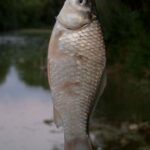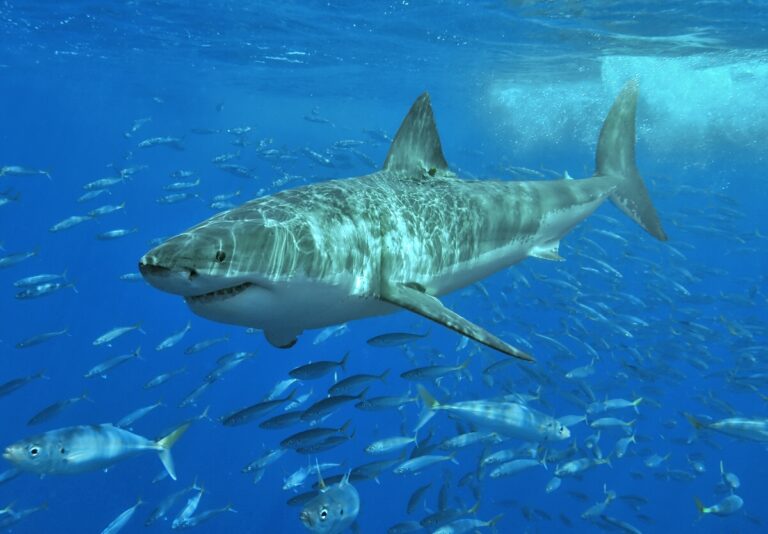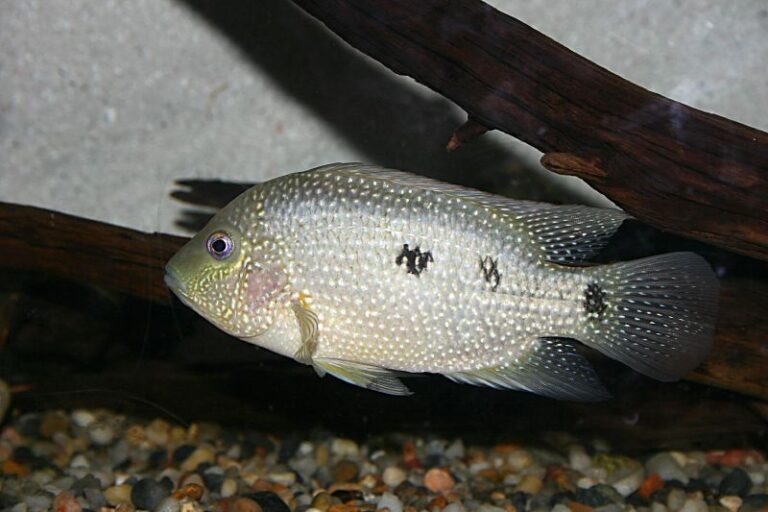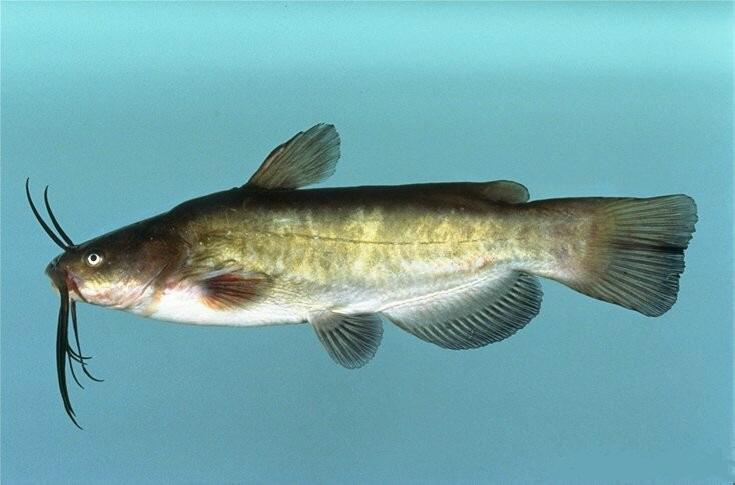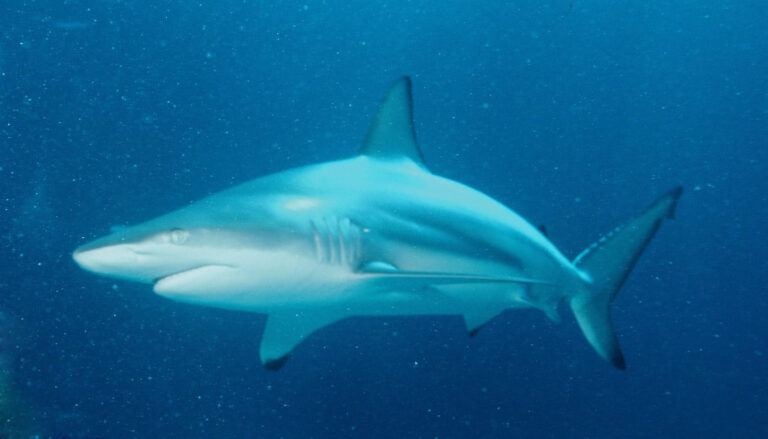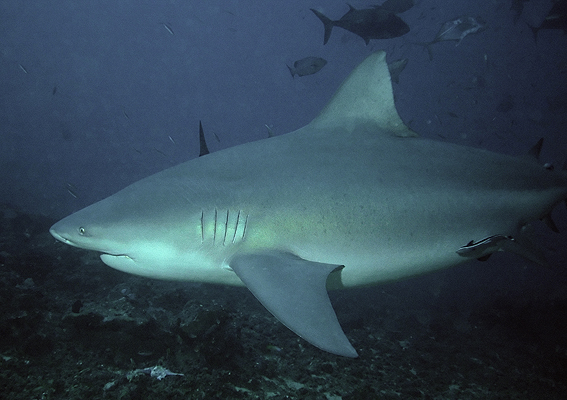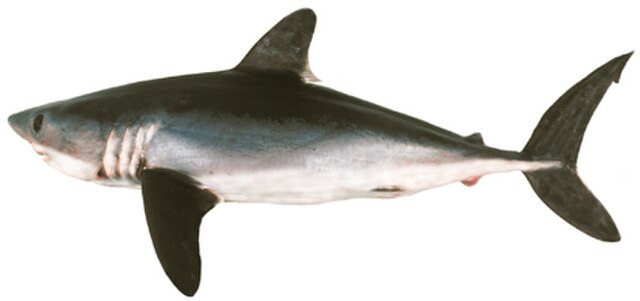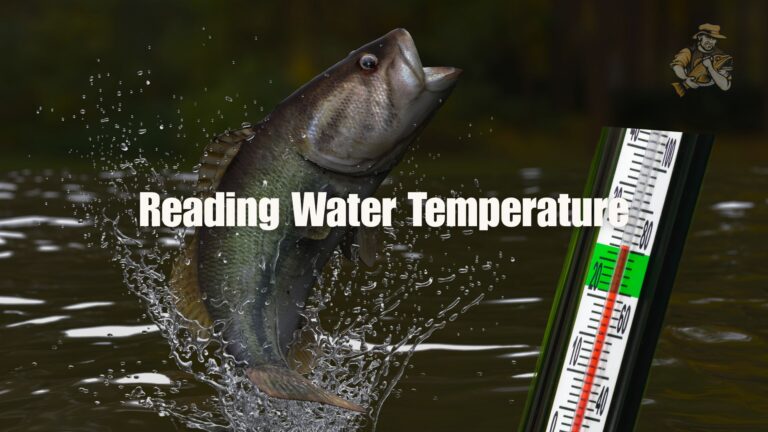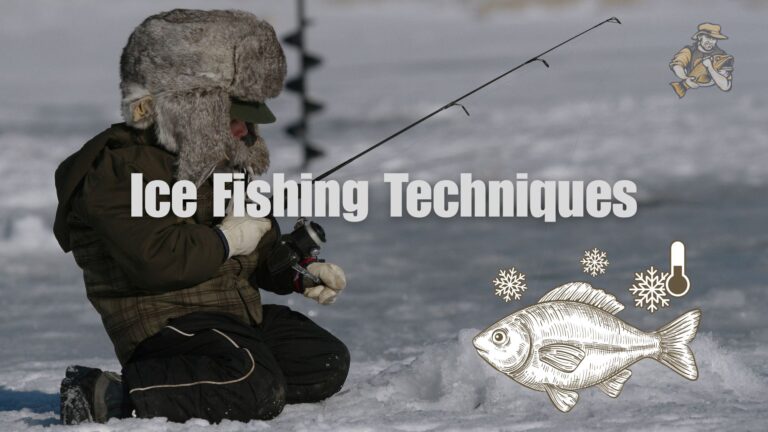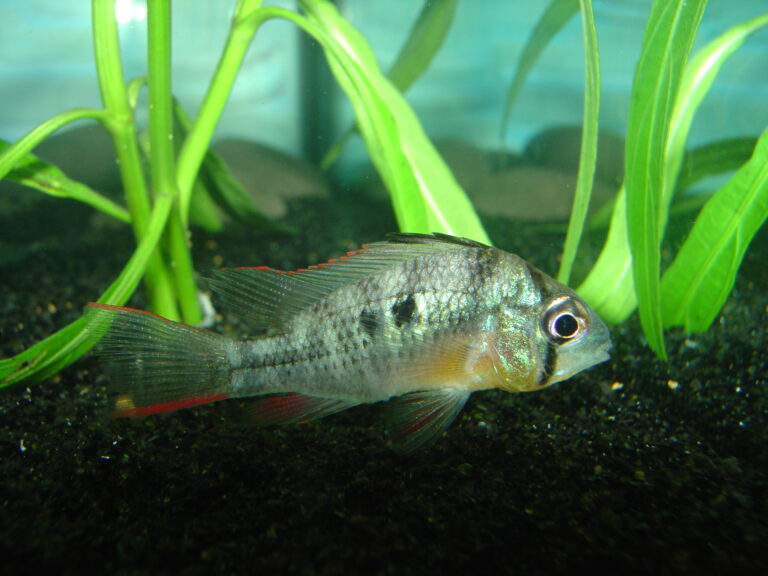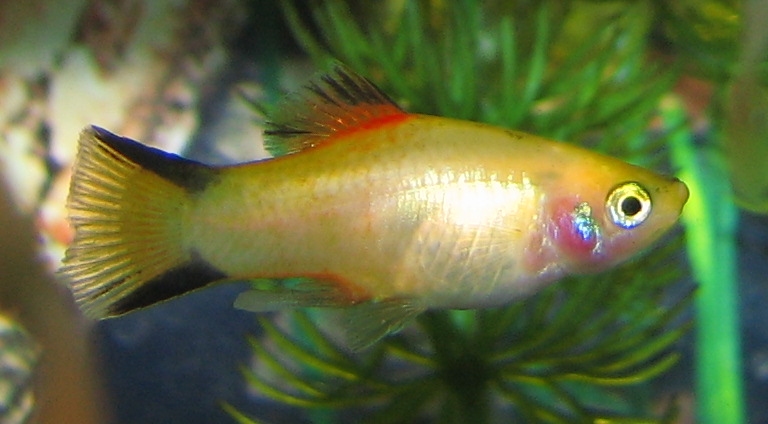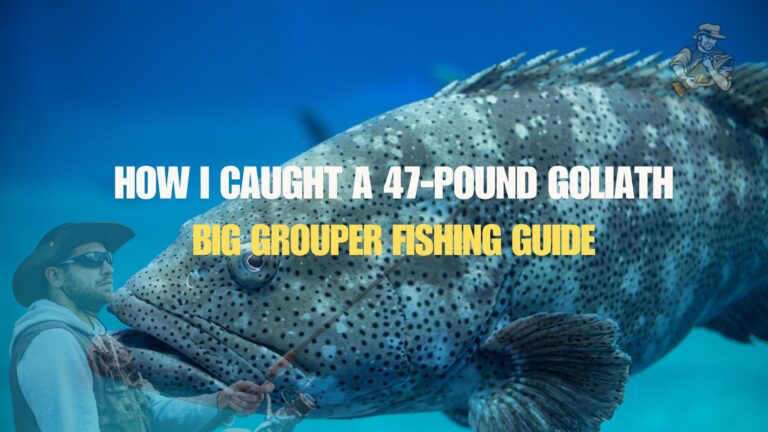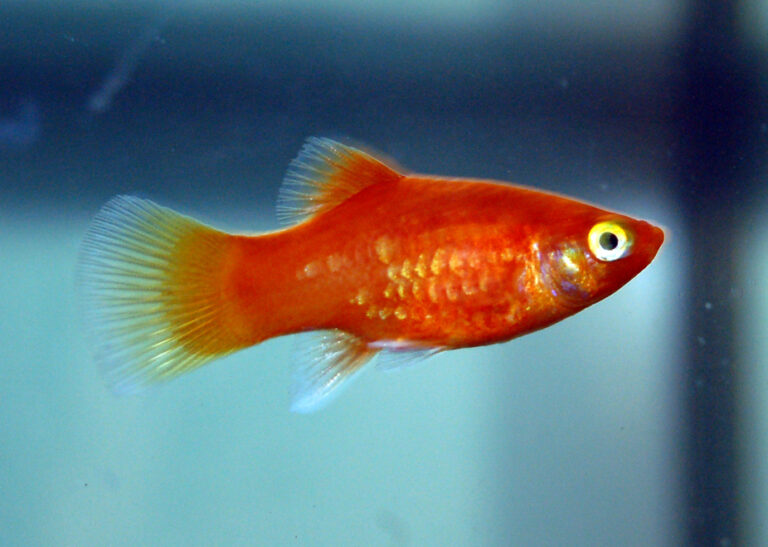Ryukin Goldfish
By Ryan Maron | Last Modified: June 22, 2025
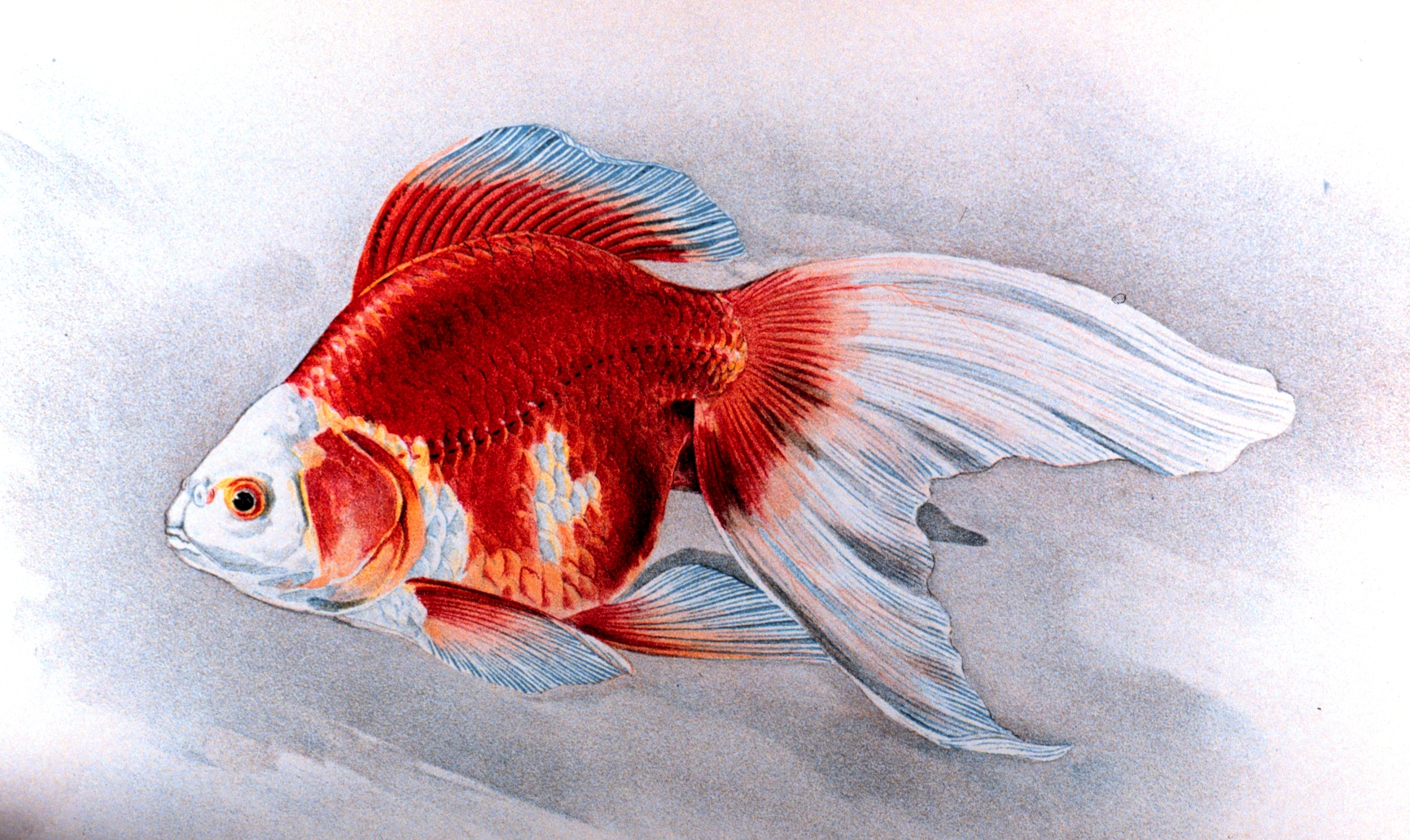
The Ryukin Goldfish (Carassius auratus) stands as one of the most distinctive and culturally significant ornamental fish varieties in the aquarium trade. Originating from Japan during the early 18th century, this elegant cyprinid represents centuries of selective breeding that transformed the common goldfish into a living work of art. The Ryukin Goldfish has played a crucial role in establishing the foundation for modern fancy goldfish breeding, influencing countless subsequent varieties through its characteristic body shape and fin configuration.
Within aquatic ecosystems and captive environments, Ryukin Goldfish serve as both aesthetic centerpieces and functional components of balanced aquarium communities. Their omnivorous feeding habits contribute to algae control and detritus management, while their peaceful temperament makes them ideal community fish. The species has become economically important in the global ornamental fish industry, with breeding programs spanning multiple continents and generating millions of dollars in annual trade revenue.
| Feature | Details |
|---|---|
| Common Name | Ryukin Goldfish |
| Scientific Name | Carassius auratus |
| Family | Cyprinidae |
| Typical Size | 15-20 cm (6-8 inches), 200-400 grams |
| Habitat | Freshwater aquariums and ponds |
| Diet | Omnivorous |
| Distribution | Worldwide aquarium trade |
| Conservation Status | Domesticated species |
Taxonomy & Classification
The Ryukin Goldfish belongs to the family Cyprinidae, the largest family of freshwater fish containing over 3,000 species worldwide. Within this extensive family, Carassius auratus represents one of the most morphologically diverse species due to centuries of artificial selection. The taxonomic classification places Ryukin Goldfish within the order Cypriniformes, class Actinopterygii, and phylum Chordata.
Genetic studies have revealed that all goldfish varieties, including the Ryukin, descended from the Prussian carp (Carassius gibelio) through selective breeding programs initiated in China over 1,000 years ago. The Ryukin variety specifically emerged in Japan during the Edo period (1603-1868), where Japanese breeders refined the characteristic humpbacked body shape that distinguishes this variety from other goldfish types.
Modern molecular analysis has confirmed that despite their dramatic physical differences, all goldfish varieties maintain the same chromosome number (2n=100) and can interbreed freely. The Ryukin’s distinctive features result from polygenic inheritance patterns affecting body depth, fin length, and dorsal contour development. These genetic modifications represent some of the most extreme morphological changes achieved through selective breeding in any fish species.
Physical Description
The Ryukin Goldfish exhibits a distinctive high-backed body profile that immediately sets it apart from other goldfish varieties. The species features a pronounced dorsal hump beginning just behind the head, creating an elegant curved silhouette that Japanese breeders compared to traditional architectural elements. Adult specimens typically reach 15-20 centimeters in length, with exceptional individuals occasionally exceeding 25 centimeters in optimal conditions.
The body depth of quality Ryukin specimens approaches 60-70% of their total body length, creating the characteristic egg-shaped profile. The head is relatively small compared to the body, with a pointed snout and well-developed gill covers. The eyes are proportionate to the head size, unlike telescope or bubble-eye varieties, and display excellent vision for navigating complex aquarium environments.
Fin configuration represents another hallmark of the Ryukin variety. The dorsal fin stands erect and well-developed, typically measuring 40-50% of the body depth. Paired fins are symmetrical and flowing, with the caudal fin displaying either single or double-tail formation depending on the specific strain. Color variations encompass virtually the entire spectrum, from solid red, orange, and yellow to calico patterns combining white, black, and metallic hues.
Scale types vary between metallic and nacreous forms, with metallic scales producing brilliant reflective surfaces and nacreous scales creating pearl-like iridescence. The lateral line system remains fully functional, containing 25-30 scales along the body’s length. Mature specimens develop distinct sexual dimorphism during breeding season, with males displaying breeding tubercles on the gill covers and pectoral fins.
Habitat & Distribution
Unlike wild fish species, Ryukin Goldfish exist exclusively in controlled aquatic environments created by human intervention. These ornamental fish thrive in freshwater systems with temperatures ranging from 18-24°C (64-75°F), though they can tolerate temporary fluctuations between 10-30°C. The species demonstrates remarkable adaptability to various water chemistry parameters, surviving in pH ranges from 6.5-8.5 and water hardness levels between 5-25 dGH.
In captive environments, Ryukin Goldfish inhabit aquariums ranging from 150-1000 liters, with larger volumes supporting better water quality and fish health. Pond systems provide optimal conditions for maximum growth and color development, particularly outdoor installations that receive natural sunlight. The species prefers well-filtered water with moderate current flow, as their modified body shape reduces swimming efficiency compared to streamlined goldfish varieties.
Distribution patterns reflect the global ornamental fish trade rather than natural biogeography. Major breeding centers operate in China, Japan, Thailand, Singapore, and the United States, with each region developing distinct strain characteristics. Commercial production facilities maintain specialized breeding pools with controlled temperature, lighting, and nutrition programs designed to optimize growth rates and color intensity.
The species has established limited feral populations in certain regions where released aquarium fish have survived in suitable freshwater habitats. However, these populations typically consist of hybrid individuals that gradually revert toward wild-type characteristics over successive generations. Similar to other goldfish varieties, Ryukin specimens require stable water conditions and regular maintenance to maintain their distinctive features.
Diet & Feeding Behavior
Ryukin Goldfish exhibit omnivorous feeding behavior with a preference for small, easily digestible food items that accommodate their modified digestive anatomy. The shortened body cavity resulting from selective breeding reduces internal organ space, making efficient digestion crucial for maintaining health. In captive environments, these fish readily consume commercial pellets, flakes, frozen foods, and live prey items.
The feeding apparatus consists of pharyngeal teeth arranged in a 4-4 pattern, typical of cyprinid fish, which crush and grind food items before swallowing. The absence of a true stomach requires frequent, small meals rather than large feeding sessions. Optimal feeding protocols involve 2-3 daily meals containing high-quality protein sources, vegetable matter, and essential vitamins.
Natural feeding behaviors include bottom-sifting through substrate materials searching for organic debris, small invertebrates, and plant matter. The species demonstrates particular enthusiasm for live foods such as bloodworms, brine shrimp, and daphnia, which stimulate natural foraging instincts and enhance coloration. Vegetable components should comprise 30-40% of the total diet, including blanched peas, lettuce, and spirulina-based preparations.
Temperature significantly influences metabolic rate and feeding frequency, with cooler water reducing appetite and digestive efficiency. During winter months in outdoor pond systems, feeding may cease entirely as fish enter semi-dormant states. The species shows remarkable food recognition abilities, quickly learning feeding schedules and responding to visual cues from caretakers.
Behavior & Adaptations
Ryukin Goldfish display complex social behaviors adapted to group living in confined aquatic spaces. These fish are naturally gregarious, forming loose schools that provide protection through collective vigilance and reduced individual predation risk. Hierarchy establishment occurs through subtle dominance displays rather than aggressive confrontations, with larger individuals typically claiming preferred feeding locations and shelter sites.
Swimming patterns reflect the physical constraints imposed by their modified body shape. The high dorsal profile and shortened body length reduce hydrodynamic efficiency, requiring increased energy expenditure for locomotion. Compensatory behaviors include frequent rest periods near the bottom or against aquarium decorations, and preference for areas with reduced water flow.
Seasonal behavioral changes align with natural photoperiod fluctuations, even in artificial environments. During spring months, increased activity levels and exploratory behavior indicate preparation for reproductive activities. Temperature-dependent metabolism influences daily activity patterns, with peak feeding and swimming occurring during warmer periods.
The species demonstrates remarkable learning capacity, quickly adapting to feeding schedules, recognizing individual caretakers, and navigating complex aquarium layouts. Problem-solving abilities include finding alternative routes around obstacles and locating hidden food sources. Social learning occurs through observation of conspecifics, with naive individuals quickly adopting established group behaviors.
Stress responses involve color fading, reduced appetite, and altered swimming patterns. Environmental enrichment through varied substrate, live plants, and structural complexity significantly improves behavioral repertoires and reduces abnormal behaviors. The species shows particular appreciation for gentle water movement and areas with varying depths for exploration.
Reproduction & Life Cycle
Ryukin Goldfish reproductive biology follows the typical cyprinid pattern of external fertilization with environmental triggers initiating spawning behavior. Sexual maturity occurs between 2-4 years of age, depending on environmental conditions, nutrition, and genetic factors. The species exhibits seasonal breeding patterns aligned with temperature and photoperiod changes, typically spawning during spring and early summer months.
Courtship behavior involves males developing distinctive breeding tubercles on the gill covers and leading edges of pectoral fins. These keratinized structures serve both as secondary sexual characteristics and functional tools for stimulating females during spawning activities. Males become increasingly territorial around preferred spawning sites, which typically include dense vegetation or artificial spawning media.
The spawning process begins with males pursuing females in energetic chasing behavior that can last several hours. Females release 2000-4000 adhesive eggs in multiple batches, with males immediately fertilizing each deposit. Egg development requires 4-7 days at temperatures between 20-24°C, with higher temperatures accelerating development but potentially reducing survival rates.
Larval development follows predictable stages, with newly hatched fry remaining attached to surfaces via yolk sacs for 48-72 hours. Free-swimming larvae begin feeding on infusoria and other microscopic organisms before gradually accepting larger food items. Juvenile coloration typically appears bronze or gray, with characteristic adult colors developing over 6-18 months.
Breeding success in captive environments requires careful attention to water quality, temperature stability, and appropriate spawning substrates. Commercial breeding operations often use hormone injections to synchronize spawning and maximize egg production. The species readily hybridizes with other goldfish varieties, producing intermediate offspring that may or may not retain parental characteristics.
Predators & Threats
In their exclusively captive existence, Ryukin Goldfish face threats primarily from inadequate husbandry practices rather than natural predation. The modified body shape and reduced swimming ability make these fish particularly vulnerable to aggressive tankmates and environmental stressors. Common aquarium predators include larger fish species, crayfish, and predatory aquatic insects that may target juvenile specimens.
Disease represents the most significant threat to Ryukin Goldfish populations, with several pathogens showing particular affinity for fancy goldfish varieties. Bacterial infections such as Aeromonas and Pseudomonas can cause severe tissue damage and mortality, particularly in overcrowded or poorly maintained systems. Parasitic infestations including ich, flukes, and anchor worms pose ongoing challenges for aquarists.
Water quality degradation presents constant threats through ammonia toxicity, oxygen depletion, and pH fluctuations. The compressed body cavity reduces respiratory efficiency, making these fish more susceptible to hypoxic conditions than standard goldfish varieties. Temperature shock from rapid environmental changes can trigger immune system suppression and secondary infections.
Genetic threats include inbreeding depression from limited breeding stock and loss of genetic diversity within commercial breeding programs. Irresponsible breeding practices can perpetuate harmful mutations that compromise survival ability. The emphasis on extreme physical characteristics sometimes conflicts with physiological function, creating fish with reduced fitness and shortened lifespans.
Human-related threats encompass inappropriate housing, inadequate nutrition, and abandonment of unwanted specimens. The release of aquarium fish into natural waterways poses ecological risks and typically results in mortality for the released individuals. Similar challenges affect other popular aquarium species like Betta fish varieties that require specialized care.
Conservation Status
The Ryukin Goldfish exists as a domesticated variety with no wild populations requiring conservation protection. Unlike endangered fish species that face habitat loss and overfishing pressures, these ornamental fish benefit from active breeding programs that maintain genetic diversity and population stability. The International Union for Conservation of Nature (IUCN) does not assess domesticated varieties, focusing instead on wild species conservation needs.
Genetic conservation efforts within the ornamental fish industry aim to preserve breeding lines and prevent loss of desirable characteristics through careful strain management. Major breeding facilities maintain detailed genealogical records and implement outcrossing programs to reduce inbreeding coefficients. The global distribution of breeding stock provides insurance against localized population losses due to disease or facility closures.
Cultural preservation represents another conservation aspect, as traditional Japanese breeding techniques and aesthetic standards continue through master breeder apprenticeship programs. These cultural practices maintain the historical knowledge necessary for producing high-quality specimens that meet established breed standards. Documentation of breeding methods ensures continuity across generations of practitioners.
The species serves as an ambassador for aquatic conservation by introducing millions of people to fishkeeping and aquatic ecosystems. This educational role potentially influences conservation attitudes toward wild fish populations and aquatic habitats. Responsible breeding practices within the industry demonstrate sustainable use of genetic resources.
Research applications utilize Ryukin Goldfish as model organisms for studying developmental biology, genetics, and aquaculture techniques. These scientific contributions advance understanding of fish biology and support conservation efforts for related wild species. The extensive knowledge base developed through centuries of selective breeding provides valuable insights for conservation breeding programs.
Human Interaction
The relationship between humans and Ryukin Goldfish spans over three centuries, representing one of the most successful examples of ornamental fish domestication. Japanese culture elevated goldfish keeping to an art form, with specialized techniques for breeding, selection, and presentation that continue to influence modern aquaculture practices. Traditional festivals celebrating goldfish culture maintain these historical connections in contemporary society.
Commercial significance extends throughout the global aquarium trade, with Ryukin varieties commanding premium prices based on quality, coloration, and breeding lineage. Professional breeding operations employ sophisticated techniques including selective breeding, genetic testing, and specialized nutrition programs to produce exhibition-quality specimens. The economic impact includes employment for thousands of workers in production, distribution, and retail sectors.
Educational applications utilize Ryukin Goldfish as teaching tools for biological concepts including genetics, anatomy, and animal behavior. Their hardy nature and visible characteristics make them ideal classroom pets for demonstrating life cycles, feeding behaviors, and care responsibilities. Many students develop lasting interests in aquatic biology through early exposure to goldfish keeping.
Therapeutic benefits of goldfish keeping include stress reduction, routine establishment, and social interaction opportunities. Senior care facilities and hospitals often maintain aquariums with Ryukin Goldfish to provide calming environments for patients and residents. The rhythmic swimming patterns and peaceful nature create meditative experiences that support mental health.
Competitive exhibitions showcase the highest quality specimens through standardized judging criteria that evaluate body shape, fin development, coloration, and overall condition. These competitions drive continuous improvement in breeding programs and maintain quality standards across the industry. Similar competitive aspects exist in other aquarium fish communities, including specialized tetra fish breeding programs that focus on specific varieties.
Interesting Facts
Ryukin Goldfish can live over 20 years with proper care, significantly longer than many companion animals. The oldest documented specimen reached 30 years of age, demonstrating the species’ longevity potential when maintained in optimal conditions. This lifespan represents a serious commitment for aquarists and contributes to the species’ status as a long-term companion rather than a temporary pet.
The distinctive humpbacked shape that defines the Ryukin variety results from modified vertebral development that compresses the anterior body region while elongating the posterior section. This anatomical change requires compensatory adjustments in organ placement and swimming mechanics. Despite these modifications, the fish maintain full physiological function and reproductive capability.
Temperature tolerance ranges from near-freezing to 35°C, allowing survival in various climate conditions. Outdoor pond specimens can survive winter temperatures that form surface ice, entering torpor states that dramatically reduce metabolic requirements. This cold tolerance makes them suitable for year-round outdoor culture in temperate regions.
Color-changing abilities allow individual fish to alter their appearance based on environmental conditions, diet, and stress levels. Young specimens often display dull coloration that intensifies with age and proper nutrition. Exposure to natural sunlight enhances color development, while poor conditions can cause permanent color loss.
Memory capabilities include recognition of feeding schedules, caretaker identification, and spatial navigation through complex environments. Controlled experiments have demonstrated learning retention periods exceeding three months. These cognitive abilities challenge traditional assumptions about fish intelligence and memory capacity.
The species demonstrates remarkable adaptability to various water conditions, surviving in systems that would prove fatal to many other fish species. This hardiness contributed to their success as ornamental fish and their spread throughout global aquarium trade networks. However, optimal health requires consistent water quality management and appropriate environmental conditions.
Frequently Asked Questions
How large do Ryukin Goldfish grow in home aquariums?
Ryukin Goldfish typically reach 6-8 inches (15-20 cm) in home aquariums, though growth depends heavily on tank size, water quality, and nutrition. Specimens in larger aquariums or pond systems can exceed 10 inches (25 cm) with proper care. The compressed body shape means much of their size increase occurs in body depth rather than length, creating their characteristic egg-shaped profile.
Can Ryukin Goldfish survive in outdoor ponds year-round?
Yes, Ryukin Goldfish can survive in outdoor ponds in temperate climates, provided the water depth exceeds 3 feet to prevent complete freezing. They enter a state of reduced activity during winter months, requiring minimal feeding when water temperatures drop below 50°F (10°C). Pond systems should include adequate filtration and aeration to maintain water quality throughout seasonal changes.
What tank size is appropriate for Ryukin Goldfish?
A minimum of 40 gallons is recommended for a single Ryukin Goldfish, with an additional 20 gallons for each additional fish. Their reduced swimming efficiency due to body modifications requires more space than standard goldfish varieties. Larger tanks provide better water quality stability and accommodate their potential adult size more effectively.
Do Ryukin Goldfish require special care compared to other goldfish varieties?
Ryukin Goldfish require slightly more attention to water quality and feeding practices due to their modified anatomy. Their compressed digestive system necessitates smaller, more frequent meals, and their reduced swimming ability makes them more susceptible to poor water conditions. However, they remain among the hardier fancy goldfish varieties and adapt well to proper aquarium conditions.
Conclusion
The Ryukin Goldfish represents a remarkable achievement in selective breeding, combining aesthetic beauty with relative hardiness that has made it a cornerstone of the ornamental fish trade for centuries. As living ambassadors for aquatic appreciation, these fish continue to inspire new generations of aquarists while maintaining their cultural significance in traditional Japanese fishkeeping practices. Their successful domestication demonstrates the potential for sustainable ornamental aquaculture that benefits both human communities and the preservation of specialized genetic lines developed through dedicated breeding programs.
Share The Article:
More Fish Species:
-
Severum Cichlid
The Severum Cichlid represents one of South America’s most recognizable and ecologically significant freshwater fish species. Known scientifically as…
-
Great White Shark
The Great White Shark (*Carcharodon carcharias*) stands as one of the ocean’s most formidable apex predators, commanding respect and…
-
Texas Cichlid
The Texas Cichlid (Herichthys cyanoguttatus) stands as one of North America’s most distinctive freshwater fish species, representing the sole…
-
Brown Bullhead
The Brown Bullhead (Ameiurus nebulosus) represents one of North America’s most widespread and ecologically significant freshwater catfish species. This…
-
Silver Dollar Fish
The Silver Dollar Fish (*Metynnis argenteus*) stands as one of South America’s most recognizable freshwater species, renowned for its…
-
Blacktip Shark
The Blacktip Shark (Carcharhinus limbatus) stands as one of the most recognizable and ecologically significant predators in tropical and…
Discover
-
Bull Shark
The Bull Shark represents one of the most formidable apex predators in marine ecosystems worldwide. Known scientifically as Carcharhinus…
-
Porbeagle Shark
The Porbeagle Shark (*Lamna nasus*) stands as one of the most fascinating and ecologically significant predators in the North…
-
Reading Water Temperature: Seasonal Cues for Better Fishing
I’ve spent more mornings than I can count staring at a thermometer clipped to my fishing line, watching those…
-
Beluga Fishing: Techniques That Actually Work (Not Theory)
When it comes to beluga fishing, there’s a world of difference between what you read in theory and what…
-
Crappie Fishing Guide for Beginners | 2025
Crappie fishing might just be one of the most rewarding experiences for new anglers. These popular panfish are abundant,…
-
Louisiana Redfish Fishing: Best Spots & Tactics for Beginners
Finding that first bull red is a moment you never forget. The pull, the power – it’s something special….
Discover
-
Ice Fishing Techniques for Anglers in 2025
Last January, I was out on Higgins Lake during that brutal cold snap – you remember, when it dropped…
-
Bolivian Ram
The Bolivian Ram (Mikrogeophagus altispinosus) stands as one of South America’s most captivating cichlid species, representing a prime example…
-
Platy Fish
The Platy Fish, scientifically known as Xiphophorus maculatus, represents one of the most popular and widely distributed freshwater aquarium…
-
How I Caught a 47-Pound Goliath: Big Grouper Fishing Guide
That morning started like most fishing trips – with complete optimism followed by immediate disappointment. We’d motored 12 miles…
-
Coral Platy
The Coral Platy (Xiphophorus maculatus) represents one of the most recognizable and beloved freshwater aquarium fish in the world….
-
Dalmatian Molly
The Dalmatian Molly stands as one of the most recognizable and beloved freshwater aquarium fish, distinguished by its striking…

